Chapter 22
Prokaryotes: Bacteria and Archaea
By Boundless
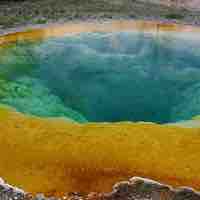
Prokaryotic organisms were the first living things on earth and still inhabit every environment, no matter how extreme.

Archaea are believed to have evolved from gram-positive bacteria and can occupy more extreme environments.
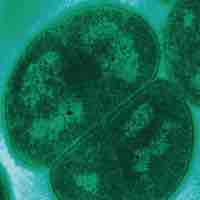
Prokaryotes are well adapted to living in all types of conditions, including extreme ones, and prefer to live in colonies called biofilms.

Prokaryotes, found in both Domain Archaea and Bacteria, are unicellular organisms that lack membrane-bound organelles and a defined nucleus.
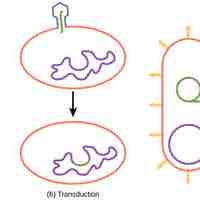
Prokaryotes reproduce asexually by binary fission; they can also exchange genetic material by transformation, transduction, and conjugation.
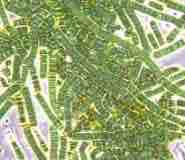
Prokaryotes need a source of energy, a source of carbon, macronutrients, and micronutrients to survive.

Prokaryotes play vital roles in the movement of carbon dioxide and nitrogen in the carbon and nitrogen cycles.

Infectious diseases, spread from person to person by bacteria, are among the leading causes of death despite advances in medical research.
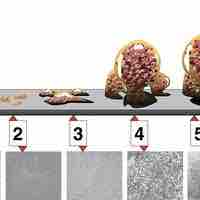
Biofilms, complex colonies of bacteria acting as a unit in their release of toxins, are highly resistant to antibiotics and host defense.

Excessive use of antibiotics in animals or as imprudent medical treatments has resulted in the propagation of antibiotic-resistant bacteria.
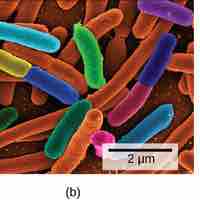
Foodborne diseases can be associated with bacteria-caused illnesses in both animal and plant-based food sources.
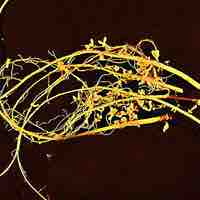
Prokaryotes fix nitrogen into a form that can be used by eukaryotes.
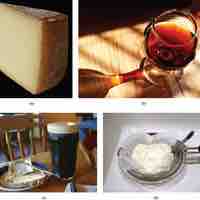
Some of the earliest biotechnology used prokaryotes for the production of food products such as cheese, bread, wine, beer, and yogurt.
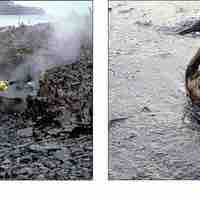
Bioremediation occurs when prokaryotes clean up a polluted environment through the natural breakdown of pollutants.